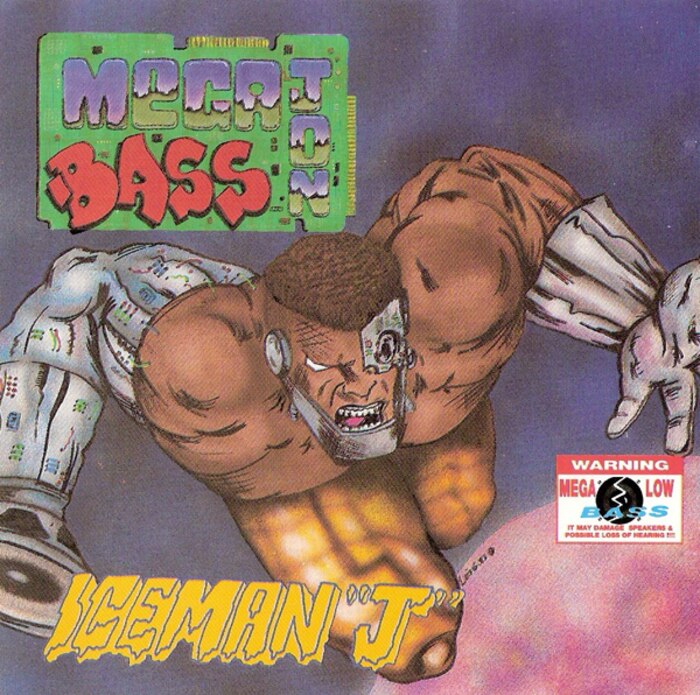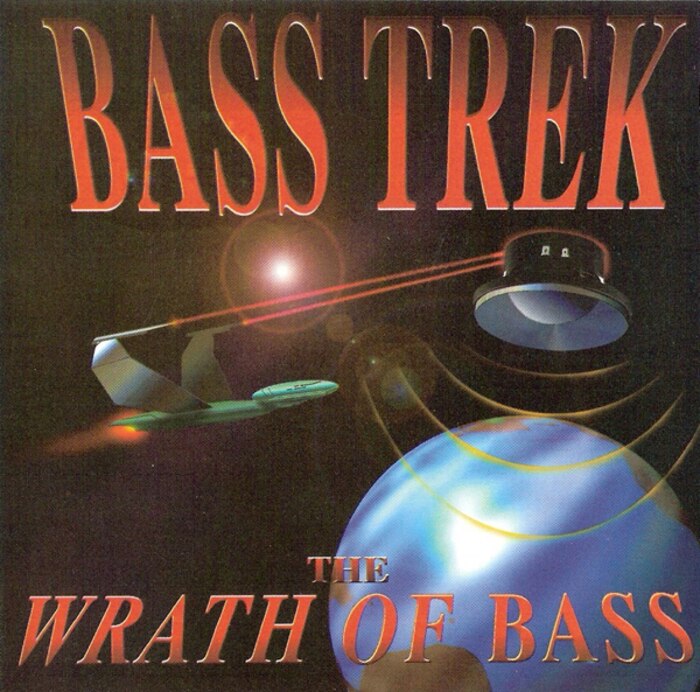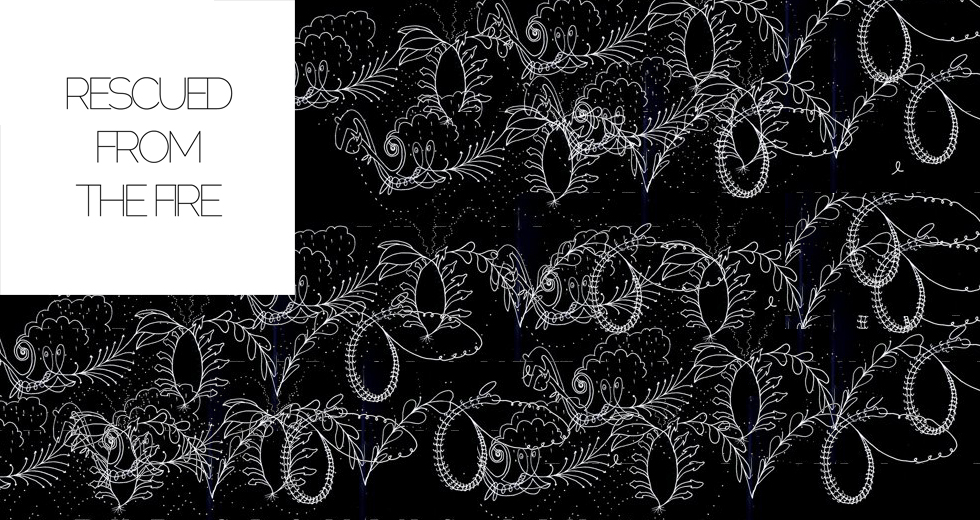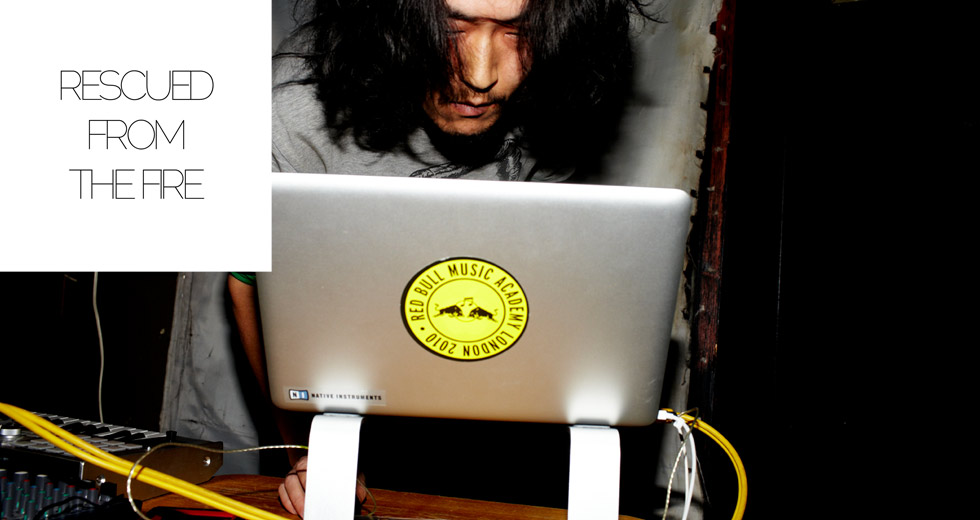Maiden Bass
As someone wise once said, “all frequencies are created equal.” That may be true, but for at least the last decade or so, bass has been running the show. Our Academy shipmate, James Pants, recounts the first time he made contact with the lower regions of sound below…
"Warning: Mega Low Bass. May Damage Speakers and Cause Possible Loss Of Hearing."

I’ve always lived a pretty sheltered life. Both of my parents were (are) Presbyterian minsters, after all. However, if I remember correctly, I think I was somewhere around age 16 when Joshua blew his proverbial horn and the walls of Jericho came tumbling. That was the year I bought my first semi-automatic BB pistol. It was also the same year I subscribed to the Victoria’s Secret catalogue for recreation. But most importantly given my current position in life, it was the year I discovered real bass.
I chalk up at least two of these awakenings to Dan Mellon, a certain, rather unlikeable classmate of mine who happened to be the first in our class to possess a car. This small, sun-bleached red Civic of his gave Dan a small circle of short-term friends. I was one of them.

Though the car was nothing to brag of, Dan had tricked it out by adding two 12” subwoofers to the back, and since this was the first occasion I had seen subwoofers, let alone heard them, the excitement was thick. When Dan debuted his system before a small group of us in a garage, he popped in some music and it hit me. Hard. The bass was so low that a certain feathery tingle crept from the base of my neck down to my groin. I remember getting the same exact feeling when I first saw Alyssa Milano. Someone asked Dan who it was in the deck…
“Techmaster P.E.B.”, he replied.
Now, if you’re asking yourself who Techmaster P.E.B. is (like I certainly was at the time), you’re missing out on an entire music movement in America from the late 80s on to the early noughties. An important genre in the canon of bass: the subwoofer test album. As a stripped down, mostly instrumental offshoot of the sprawling Miami Bass scene, the subwoofer test albums preceded the rise of dubstep, UK bass, and jungle as uniquely low frequency genres. There was a legion of Floridian pioneers like P.E.B., Maggotron, Magic Mike, Dynamix II, DJ Deep and Bass 305 among others pushing the boundaries of the brown note with a slew of albums peppered with warnings about the physical dangers of playing the music. A challenge really.
Caution: Contains Ultra Low Frequencies. May Destroy Stereo.
Danger: Bass May Shatter Glass. Eye protection recommended.

Fantastic, these hazards. We became obsessed with putting paper airplanes near Dan’s speaker cones and seeing how long they would float. We stuck our heads deep into the woofers to feel our hair follicles vibrate.
At the time, cassettes from these dangerous musicians could be found in bulk quantities at ailing department stores in our town for about 99 cents. Faced with this goldmine, we bought everything. Never mind that my friends and I didn’t have subwoofers of our own – we blew cheap Magnavox boomboxes on the regular. Albums on labels like Jamron, Pandisc, Cheetah, Avenue, Newtown, 4-Sight, Suntown, and Joey Boy all made it into our collection. Most were just compilations with unimaginative titles like, The Bass That Ate Miami, and Bass: Slow, Dangerous and Illegal. Most likely it was illegal to put out this kind of music if the album’s title didn’t have “bass” in it. That was the point, right?

Regarding the actual music, it wasn’t particularly good. There were no discernible melodies. There were often no vocals. Sometimes there was a pitched up voice saying, well, “bass.” And if you were listening on a boom box, you couldn’t hear anything at all but what sounded like a poodle nibbling foil. We didn’t care. Maggotron was good. We liked him.
One day Dan announced that we were no longer allowed to put our heads inside the cone, on the account that he had found blonde hairs in the speaker. We were tired of the scene anyways, as it had gravitated towards no music at all – just naked sine waves at differing frequencies. No drums. No voices. Just bass. Like some depraved Berlin sex addict, the actual intercourse had lost its meaning, and all that was left was latex and spanking. It wasn’t as much fun any more. We missed the voice of the tiny little man on the cassette saying “bass” over and over again. We declared the uniquely American subwoofer bass-test genre dead amongst ourselves, went back to The White Album, and forgot about Dan.


